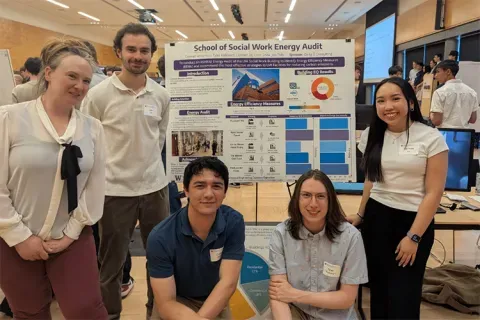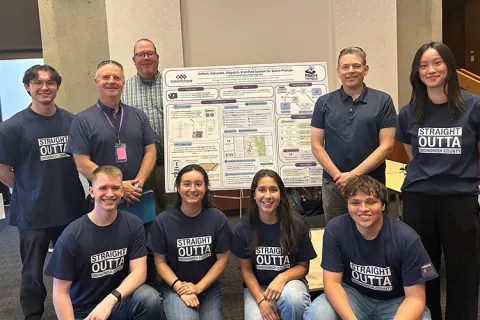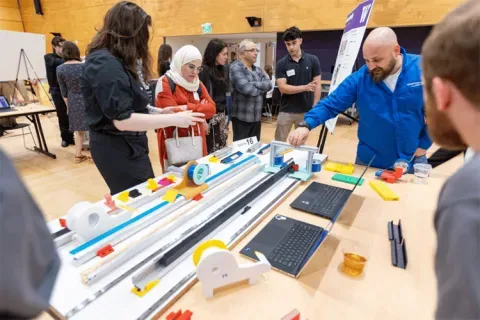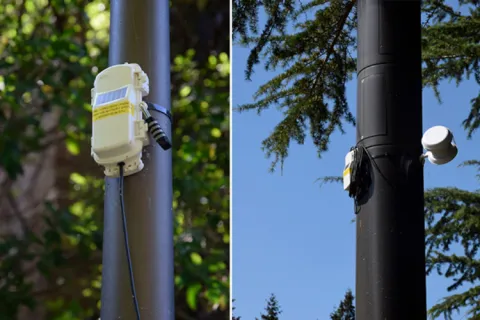Lockheed Martin
Lunar Electromotive Launch
The student team will work to evolve the concept for a lunar surface-assembled electromagnetic launcher to deliver lunar-sourced material to lunar orbit, focusing on model-based design, simulation and test. Lockheed Martin envisions a water-based nuclear-enabled lunar economy to literally fuel sustainable space exploration to Mars and beyond. Liquid oxygen/liquid hydrogen chemical and liquid hydrogen nuclear thermal propulsion can both use propellant generated from lunar-sourced water. Lunar infrastructure is expected to be in place to excavate the resources and power the electromagnetic launcher. A propellant depot is assumed to receive and store water from canisters launched from electromagnetic launcher. The student team will work to meet the following objectives: -Objective 1: Produce and deliver a coilgun performance model that is configurable to various operational parameters and assess the performance of the coilgun. An example model input: track length, armature diameter, expected exit velocity, payload mass, etc. Some example output performance parameters: energy conversion efficiency, armature heating, velocity error, electromagnetic field distribution, and other important operational figures of merit. -Objective 2: Modify and test the existing subscale electromagnetic launcher to validate the coilgun software performance model, implementing updates to the model as applicable. The student team needs to be a diverse team in all dimensions, both from a gender/background perspective and an engineering perspective. The various problems to be solved are difficult and interconnected, and innovative solutions are required. There are no established built designs from which to draw, so a diverse team generating many options is necessary to continue imagining and evolving a conceptual design. The student team will work towards the following outcomes: -1: Deliver a software model simulating the performance of a coilgun, in MATLAB or otherwise integrate-able within a MATLAB environment, with confirgurable functional parameters. Include a description of the model, its interfaces, and how to operate it. -2: Modify existing ground demonstration subscale test article and demonstrate payload launch to verify performance model. -3: Deliver a final report that includes: Summary of model-based concept and updates, and supporting analyses; summary of subscale modifications, test results, subsequent performance model verification, and lessons learned; summary study of other means of electromagnetic mass driver technologies/approach.
Faculty Adviser(s)
Alvar Saenz Otero, Aeronautics & Astronautics
Related News

Mon, 10/13/2025 | UW Mechanical Engineering
Capstone collaboration leads to award
An ME capstone team received first place for its energy audit of the UW School of Social Work building.

Thu, 07/17/2025
UW engineering students develop smart ballot solution
UW engineering students develop smart technology solution to improve ballot collection for Snohomish County.

Mon, 07/07/2025 | UW Mechanical Engineering
Capstone creations
Students displayed innovative capstone design projects at the 2025 expo.

Fri, 09/20/2024 | UW Civil & Environmental Engineering
Smarter irrigation for a greener UW
A new project combines satellite data with ground sensors to conserve water and create a more sustainable campus environment.